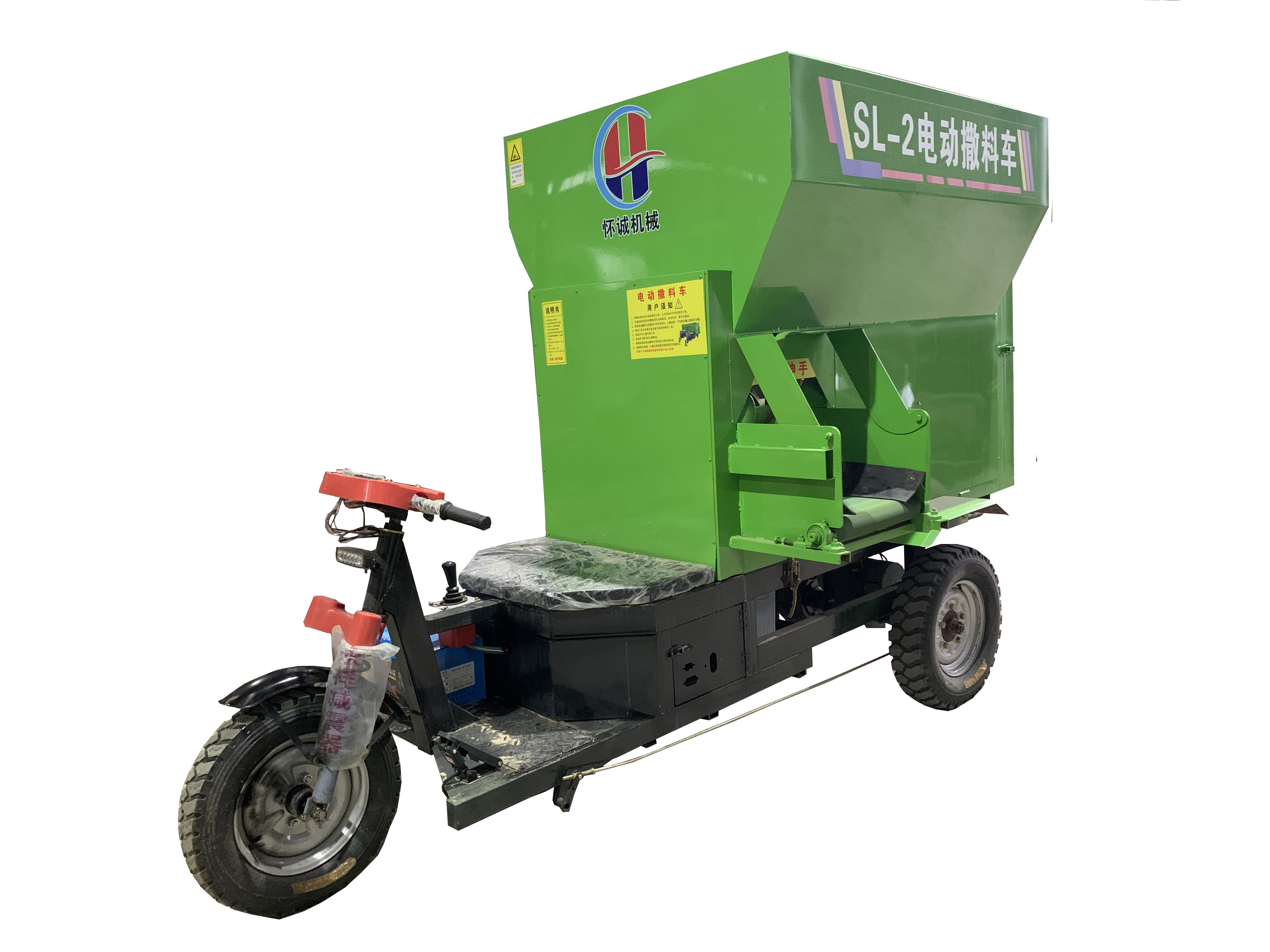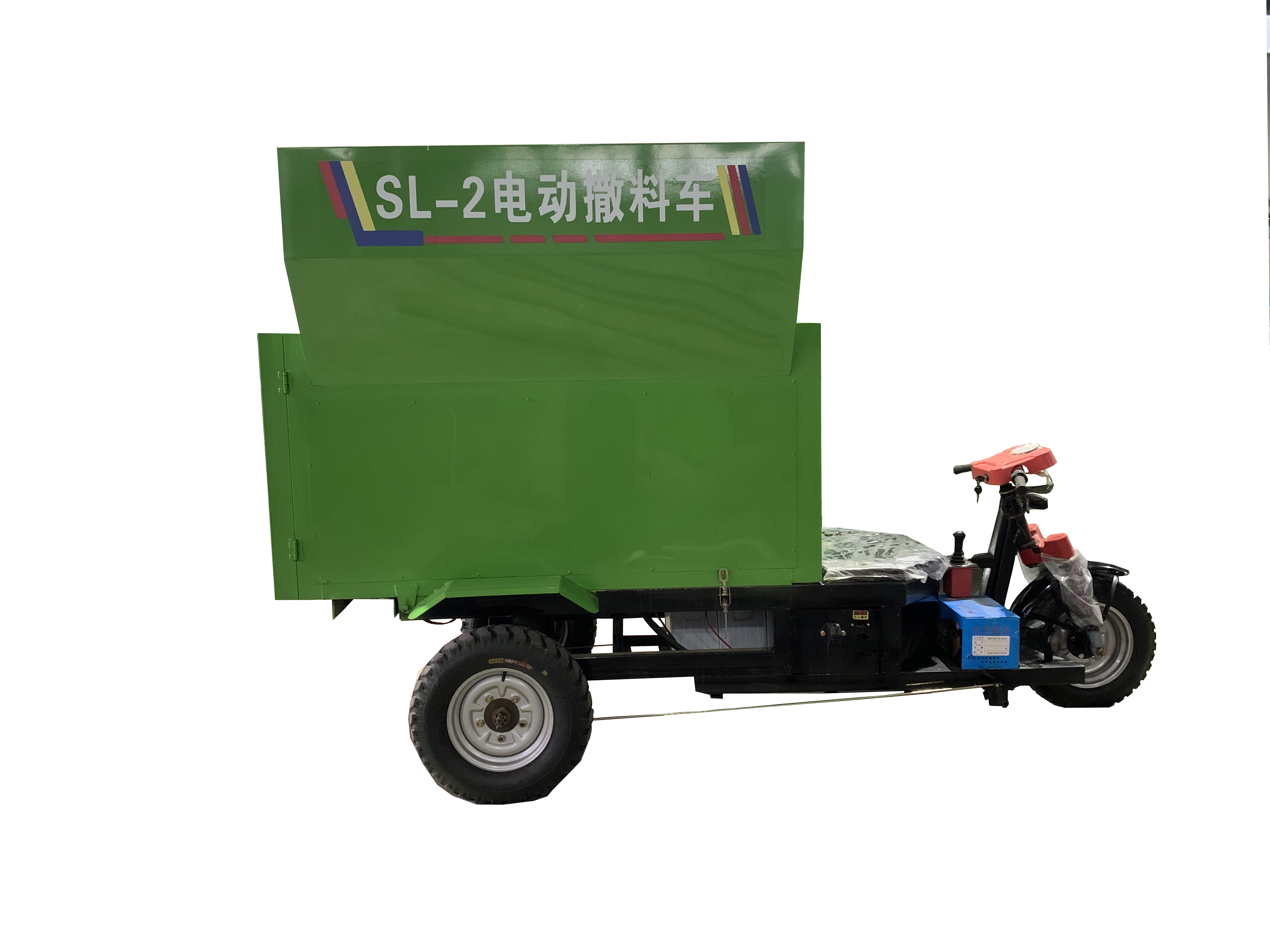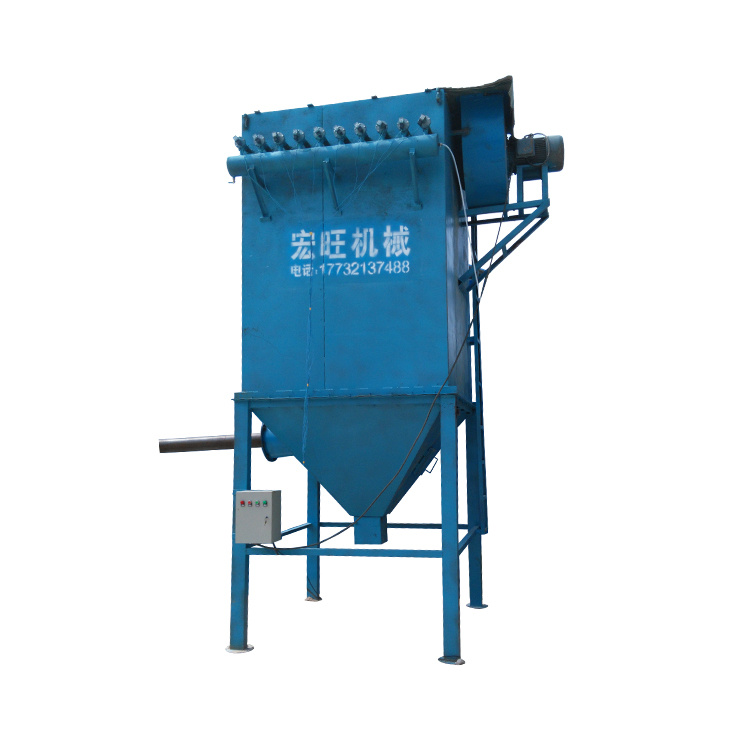Increase crop yields with diesel fertilizer spreaders
Increase crop yields with diesel fertilizer spreaders,
Diesel fertilizer spreader Increased crop yield The benefits of diesel fertilizer spreader on crop yield Agricultural diesel fertilizer spreader solutions to increase production 5. Increase crop yield,
Core Introduction
The feed spreader is installed on the chassis of the agricultural vehicle, and can be transported and fed by one person, greatly improving the degree of mechanization and feeding efficiency, and is suitable for large, medium and small cattle and sheep farms.
This product is suitable for feeding cattle and sheep. It has a short bulk material time, can retain the nutrition of the feed to the greatest extent, and can make carbohydrates, fats, cellulose and other nutrients: the whole source, the utilization rate. All the materials are controlled by hydraulic pressure, and the direction of the materials can be adjusted arbitrarily according to the needs during the forward process, and the operation is simple and practical.
The electric spreader is divided into single discharge port and double discharge port. The model is divided into 2 squares and 3 squares. The parameters are as follows:
2 cubic double outlet;
Appearance size (length * width * height) ≥ 3150 * 1500 * 2000; weight about 680 kg; walking motor: 1500 watts; auger motor; 1500 watts; spreading motor: 1000 watts; front tires 400-12;
Rear tire 500-12; low speed; 5 batteries, 60 volts; 80A.
2 cubic single export;
Appearance size (length*width*height) ≥3150*1400*2000; weight about 650 kg; walking motor: 1500 watts; auger motor; 1500 watts; sprinkler, front wheel table 400-12; rear tire 500-12; low speed ;5 batteries, 60V; 80A.
3 cubic double outlet;
Appearance size (length * width * height) ≥ 3650 * 1600 * 2000; weight about 780 kg; walking motor: 2200 watts; auger motor; 1500 watts; spreading motor: 1000 watts; front and rear tires 500_12; reversing voice; high and low speed ; 6 batteries, 72 volts
3 cubic single export;
Appearance size (length * width * height) ≥ 3650 * 1500 * 2000; weight about 780 kg; walking motor: 2200 watts; auger motor; 1500 watts; front and rear tires 500_12; reversing voice; high and low speed; 6 batteries 72 volts




The difference between electric spreader and diesel spreader:
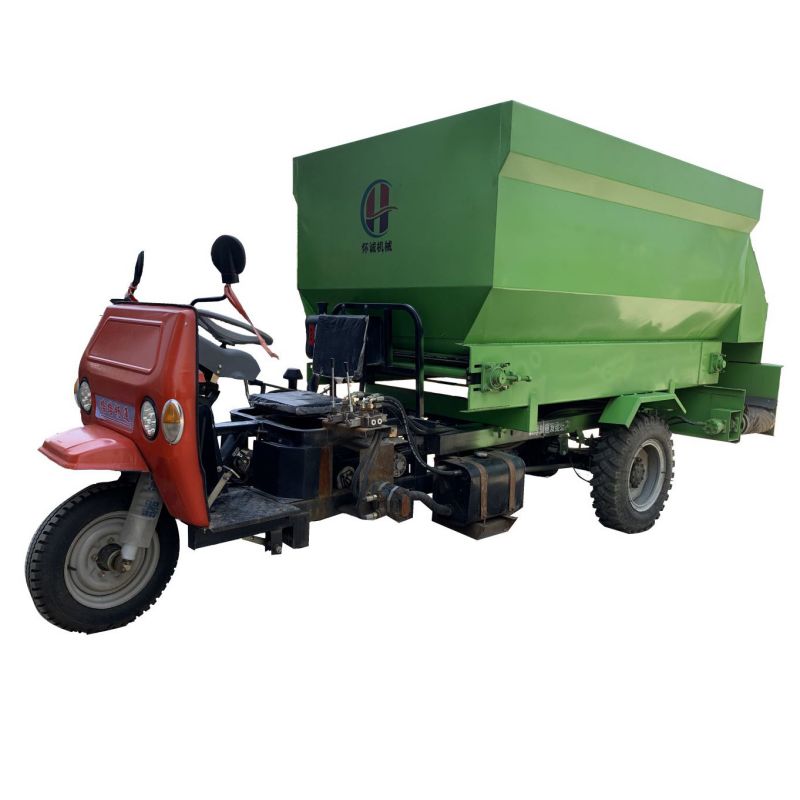
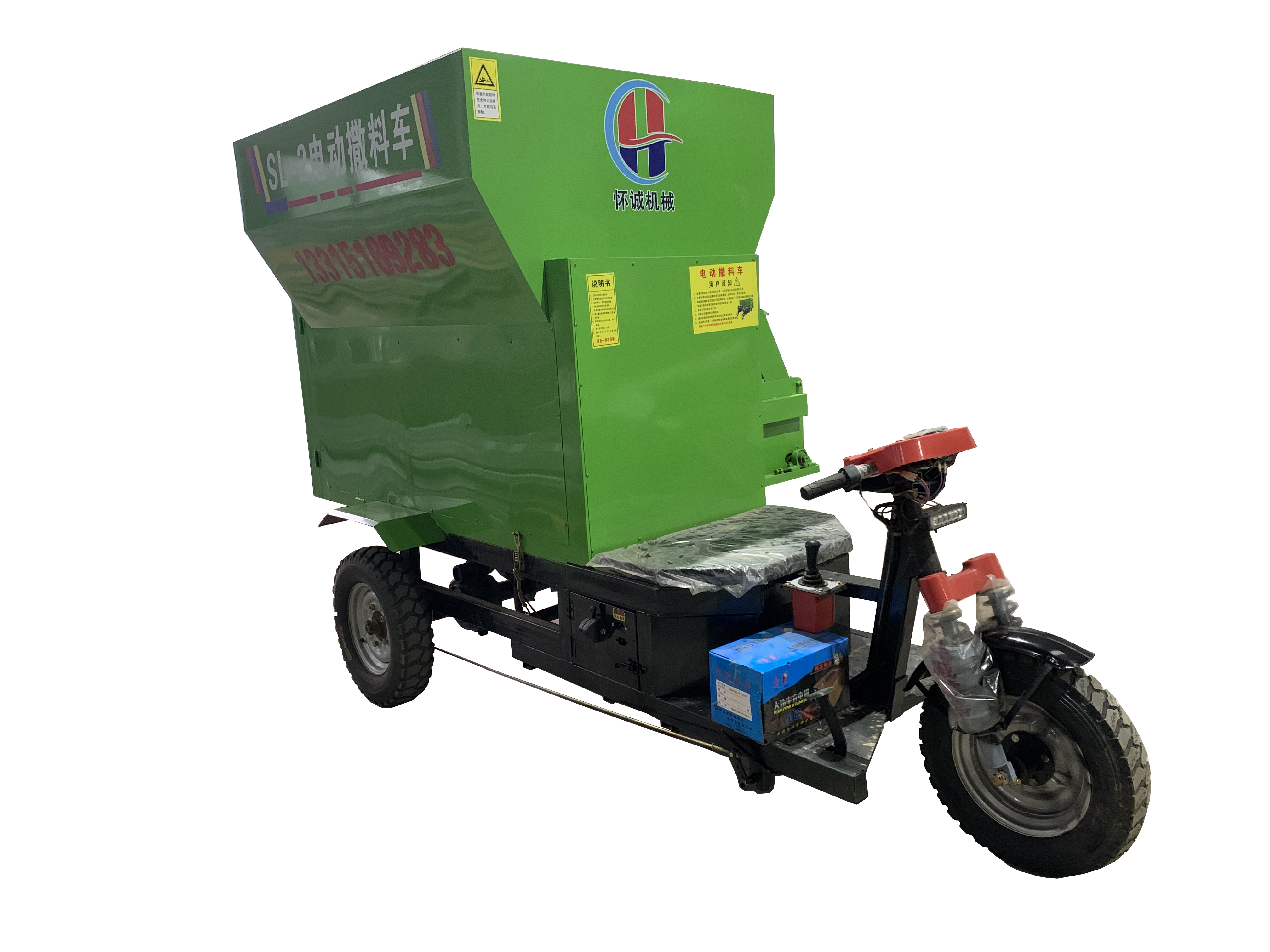
Efficiency: Electric spreaders are generally more efficient than diesel spreaders. They utilize electric power, which can be harnessed more effectively for spreading operations, resulting in improved productivity and reduced fuel consumption. Environmental Impact: Electric spreaders are more environmentally friendly compared to diesel spreaders. They produce zero emissions during operation, contributing to lower carbon footprints and reduced air pollution. Noise Levels: Electric spreaders operate quietly, generating minimal noise pollution. In contrast, diesel spreaders tend to be noisier due to the combustion engine. Maintenance: Electric spreaders typically require less maintenance than diesel spreaders. They have fewer moving parts, eliminating the need for regular engine maintenance, oil changes, and filter replacements associated with diesel engines. Fuel Source: Electric spreaders rely on electricity as their primary power source, which can be obtained from renewable energy sources such as solar or wind power. In contrast, diesel spreaders rely on fossil fuels, contributing to carbon emissions and dependence on non-renewable resources. Cost: Electric spreaders may have a higher upfront cost compared to diesel spreaders due to the need for batteries or electrical components. However, they can provide long-term cost savings through reduced fuel and maintenance expenses. Flexibility: Diesel spreaders offer more flexibility in terms of refueling. They can be easily refueled on the go, whereas electric spreaders require access to charging stations or dedicated power sources. Durability: Diesel spreaders are often considered more robust and better suited for heavy-duty applications. Electric spreaders may be lighter and more suitable for smaller-scale operations. Government Incentives: In some regions, governments offer incentives and subsidies for transitioning to electric equipment, including spreaders. These incentives can offset the higher initial costs and make electric spreaders a more financially attractive option. Long-Term Sustainability: Electric spreaders align with the global push towards sustainable and eco-friendly farming practices. Choosing electric alternatives can contribute to a greener agriculture industry and help mitigate climate change.
Details of the spreader:
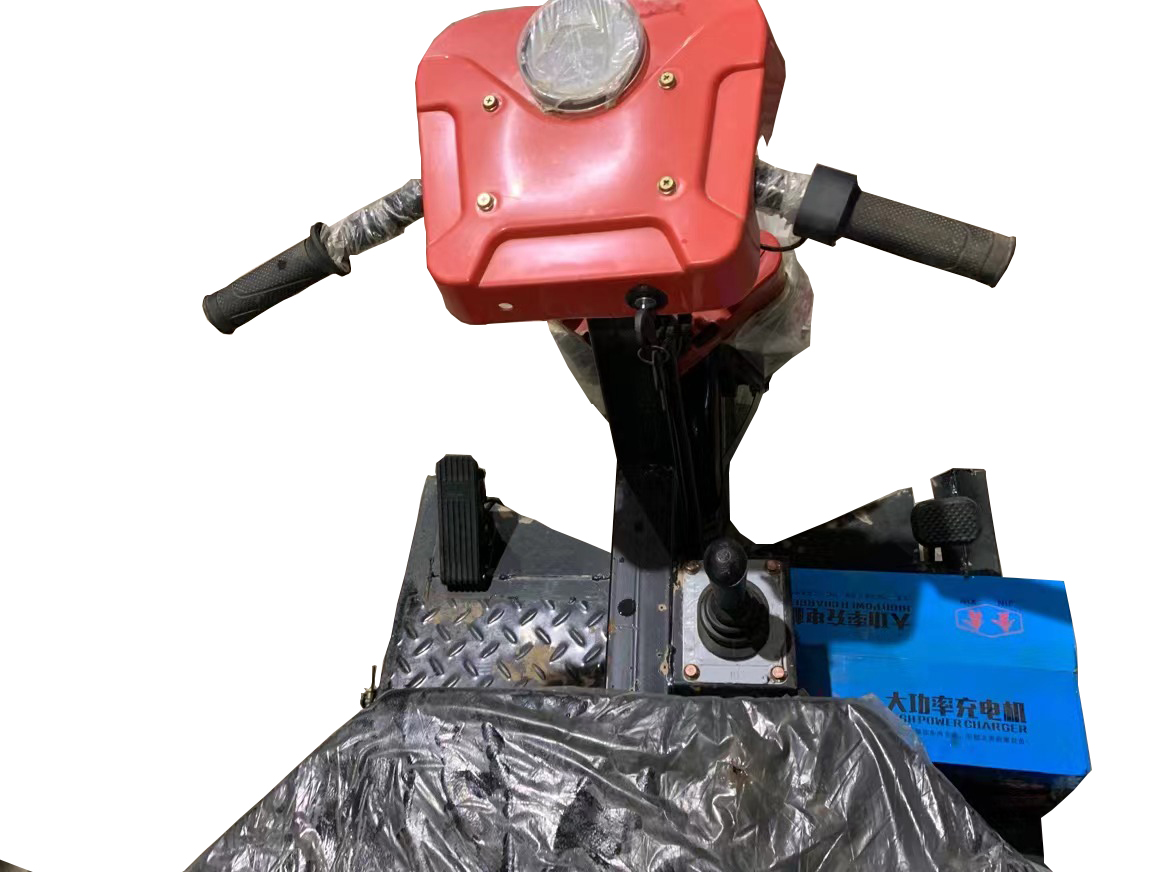
The left side is the spreading accelerator, which can control the output speed by stepping on the depth of the accelerator. The middle gear handle can adjust the high and low speed, and the right side is the mobile accelerator and brake of the vehicle.
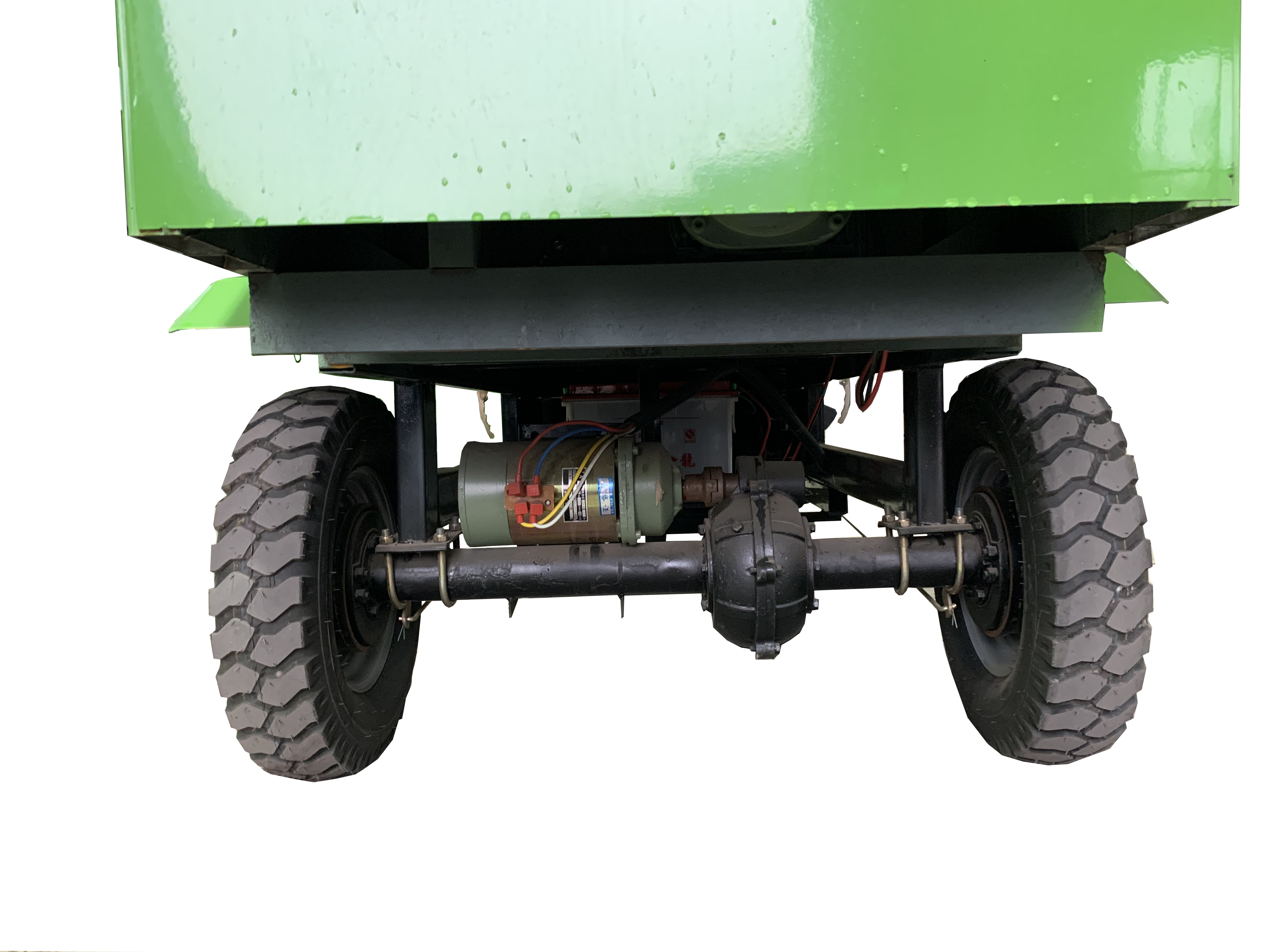
The bottom is a wear-resistant and pressure-resistant weighing bridge, an independent motor controls the discharge, and mine tires can easily cope with rough and bumpy roads.
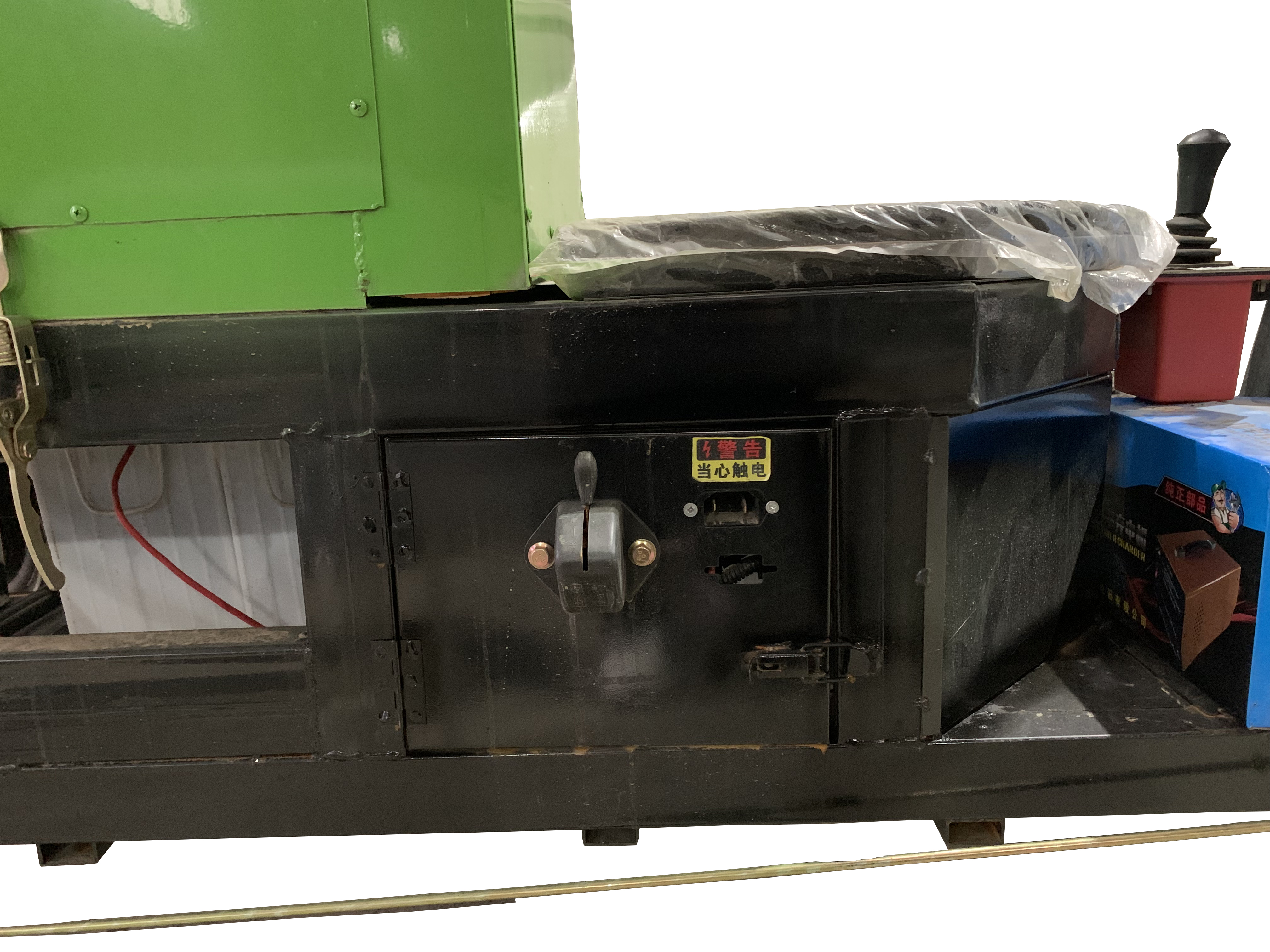
The battery adopts the national standard water battery battery, and the battery brand and type can also be specified, or it can be shipped without a battery. The battery is guaranteed for one year. If there is any problem, you can go through the quality assurance process and replace it for free.
Our Factory

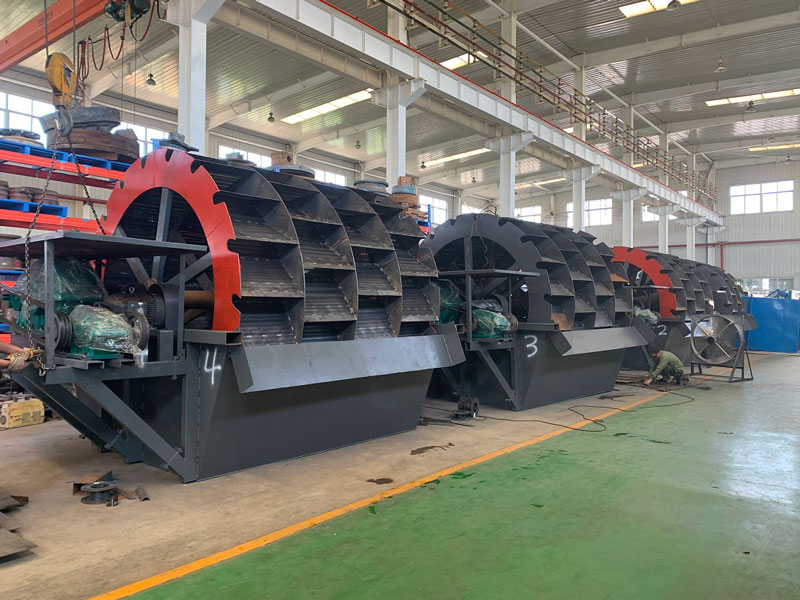
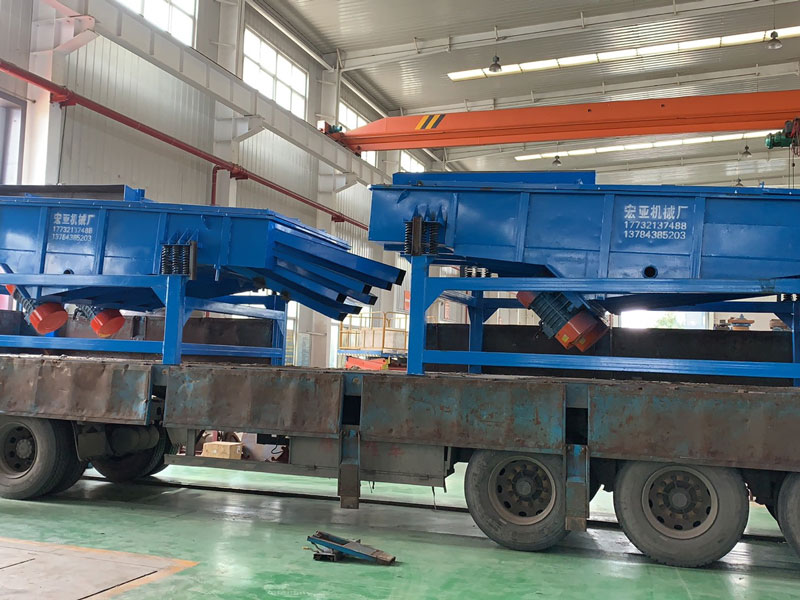


 Overview: Diesel fertilizer spreaders are agricultural machines designed to distribute fertilizers efficiently and evenly across fields, contributing to increased crop yields. These spreaders utilize diesel engines to power their mechanisms, making them suitable for large-scale farming operations. By employing these devices, farmers can efficiently apply fertilizers to their crops, ensuring they receive the necessary nutrients for optimal growth and yield.
Overview: Diesel fertilizer spreaders are agricultural machines designed to distribute fertilizers efficiently and evenly across fields, contributing to increased crop yields. These spreaders utilize diesel engines to power their mechanisms, making them suitable for large-scale farming operations. By employing these devices, farmers can efficiently apply fertilizers to their crops, ensuring they receive the necessary nutrients for optimal growth and yield.
Key Features:
Diesel Engine: The spreaders are equipped with powerful diesel engines, providing sufficient energy to operate the spreading mechanisms, even in challenging terrains and large fields.
Large Capacity Hopper: These spreaders come with large-capacity hoppers that can hold significant quantities of fertilizers, reducing the frequency of refilling and enhancing operational efficiency.
Even Distribution: The machines are designed to ensure uniform distribution of fertilizers across the field. This feature minimizes the risk of over-fertilization or under-fertilization, leading to more balanced plant growth.
Adjustable Spreading Width and Rate: Farmers can typically adjust the spreading width and rate, allowing for precise application of fertilizers based on the specific crop’s requirements and field conditions.
Easy Operation and Control: The spreaders are designed with user-friendly controls, making them easy to operate for farmworkers with minimal training.
Durable Construction: These machines are built to withstand the rigors of agricultural operations, featuring sturdy materials that can endure long hours of use in various weather conditions.
Improved Efficiency: By adopting diesel fertilizer spreaders, farmers can save time and labor compared to manual fertilizer application methods. This efficiency leads to increased productivity and cost-effectiveness in the long run.
Benefits:
Enhanced Crop Yields: Proper and consistent application of fertilizers plays a crucial role in maximizing crop yields. Diesel fertilizer spreaders ensure that the nutrient







